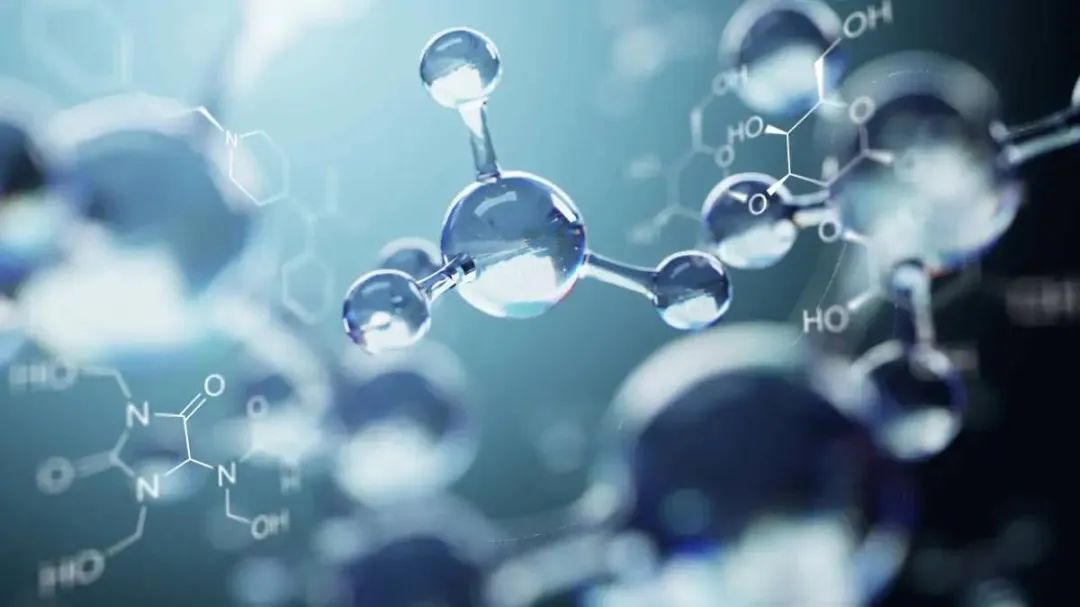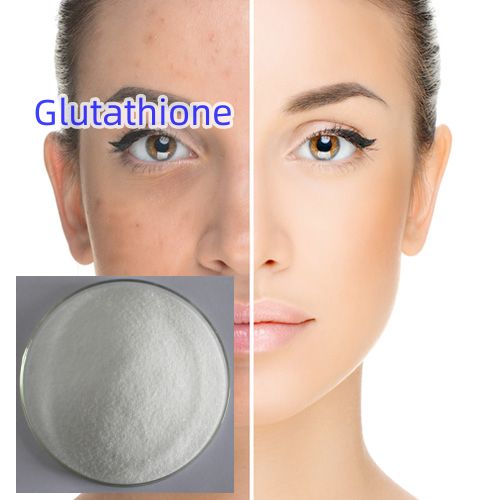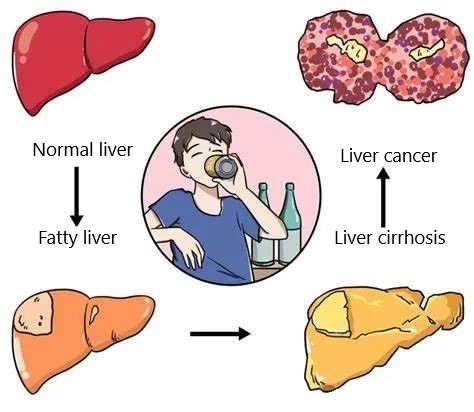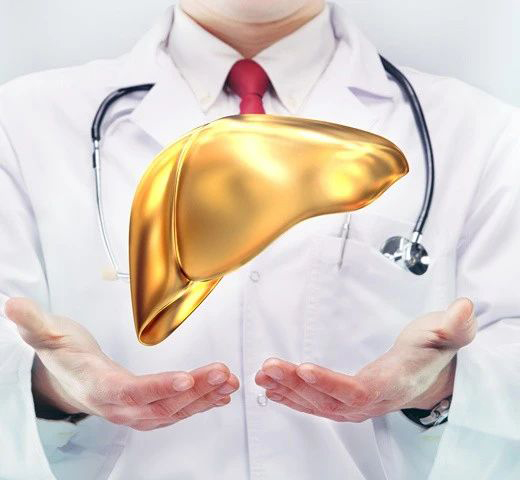Glutathione (GSH) is an important tripeptide compound that is ubiquitous in plant and animal cells and consists of three amino acids – glutamic acid, cysteine and glycine – connected by peptide bonds.
Not only is it one of the most important antioxidants within cells, it is also involved in a variety of biochemical processes that are essential for maintaining cell health and function.
Structural characteristics of glutathione
Glutathione is unique in its peptide bond structure. Unlike the usual alpha-peptide bonds in peptide chains, the first peptide bond of glutathione is a gamma-peptide bond formed by the gamma-carboxylic group of glutamate with the amino group of cysteine, which gives it its special biological activity. L-Glutathione Powder
The sulfhydryl group (-SH) on cysteine residues is a key functional group of glutathione, and this active sulfhydryl group enables it to carry out REDOX reactions, fight free radicals, and protect cells from oxidative damage.

Glutathione is the heart of the antioxidant defense system
During plant growth and development, reactive oxygen species (ROS), such as superoxide anions and hydrogen peroxide, are constantly produced.
These ROS participate in important processes such as signal transduction at normal physiological concentrations,
but high levels of accumulation can lead to oxidative stress and damage cell structure and function.
Glutathione, as the most abundant non-protein mercaptan in cells, is the core component of plant antioxidant defense mechanism.
It is able to remove ROS directly, such as by reducing hydrogen peroxide to water, or by participating in reactions catalyzed by GSH peroxidase (GPX).
This action helps maintain intracellular ROS homeostasis and protects cells from oxidative damage.
Detoxification of heavy metals and toxic substances

Plants may be exposed to heavy metal pollution (such as cadmium, mercury, lead, etc.) or other chemical pollutants in their growing environment,
which can induce large amounts of ROS production and cause oxidative stress.
By forming complexes with heavy metals or participating in reactions catalyzed by glutathione S transferases (GSTs),
glutathione converts toxic substances into water-soluble,
easily excreted forms, thereby reducing or detoxification their toxicity and protecting plant cells from damage.
Involved in the assimilation and transport of nutrient elements
Glutathione is also involved in the absorption, transport and storage of certain nutrients in plants.
For example, it can form complexes with Fe(III) to facilitate long-distance transport of iron and rhizosphere iron absorption, which is particularly important for iron-deficient plants.
In addition, glutathione is also involved in the metabolism of trace elements such as selenium and copper, helping plants to use these nutrients efficiently.
Glutathione Coping with stress

Plants produce more ROS in the face of drought, salinity, high temperature and other adverse conditions. In this process, GSH not only directly clears ROS,
but also enhances plant resistance by regulating related gene expression and signal transduction pathways.
For example, it can activate other enzymes in the antioxidant defense system,
such as superoxide dismutase (SOD), catalase (CAT), and so on, to jointly resist the damage caused by adversity.
Maintain the balance of sulfur metabolism in cells
As a storage and transport form of sulfur, glutathione is essential for maintaining the homeostasis of sulfur within cells.
Sulfur is an essential element for plant growth and is involved in the synthesis of various sulfur-containing amino acids and vitamins.
The process of glutathione synthesis and decomposition is closely related to the distribution of sulfur in cells,
which affects the overall nutritional status and growth and development of plants.
Sum up
Glutathione is not only the cornerstone of antioxidant in plant nutrition,
but also an important molecule for plants to cope with environmental challenges,
regulate the absorption and utilization of nutrient elements and maintain physiological balance.
By finely regulating glutathione metabolism, plants are able to optimize their survival strategies and improve adaptability and productivity.




